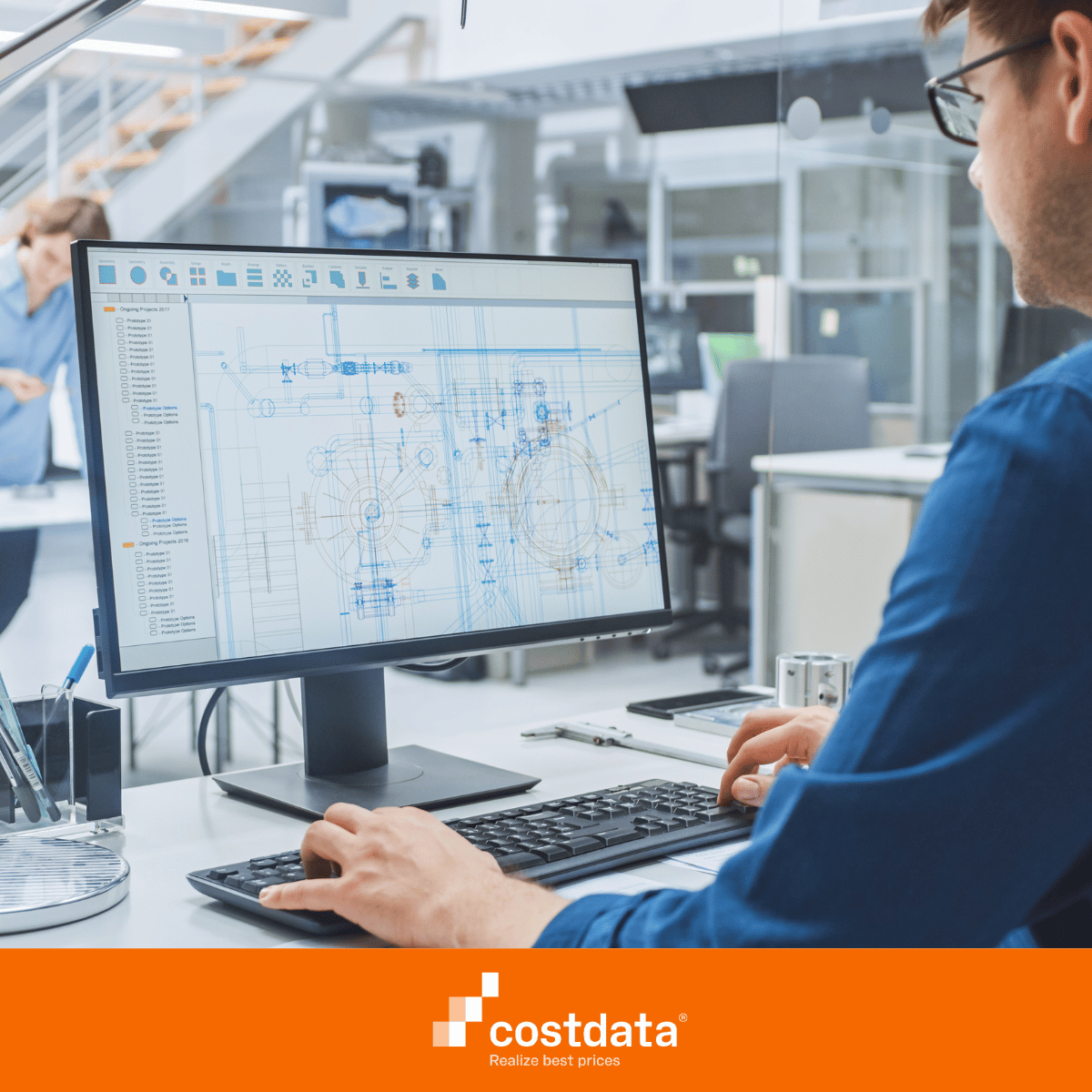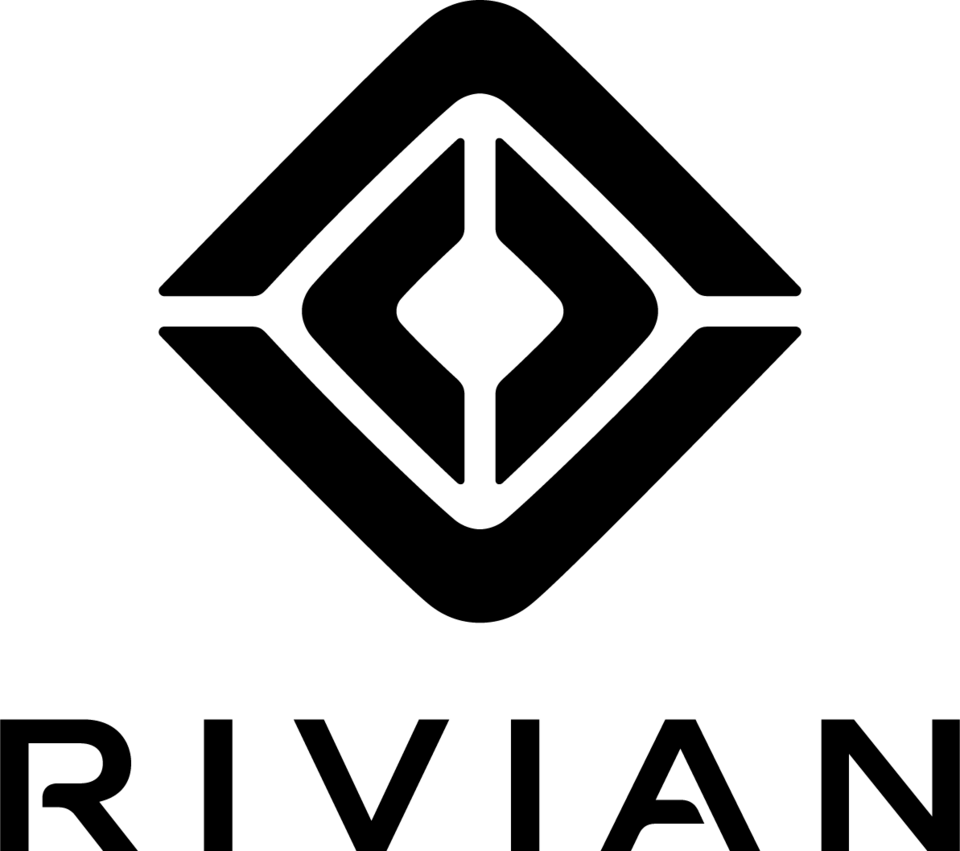Cost modeling - The key to better cost analysis

At a time when markets are becoming more volatile and decision-making processes more complex, cost modeling is becoming increasingly important. Companies are faced with the challenge of using resources efficiently and at the same time being able to react flexibly to changes. This is precisely where cost modeling comes in: It enables cost structures to be made transparent, scenarios to be simulated and well-founded decisions to be made.
What is cost modeling?
Cost modelling is a methodical approach to systematically record, structure and analyze costs. Various types of costs - such as material costs, personnel costs or investment costs - are depicted in a model. This model serves as a basis for visualizing the financial impact of different decisions. Cost modeling can be used, for example, to calculate the effects of new production processes or price adjustments.
The advantages of cost modeling for companies
A decisive advantage of cost modeling is the increased transparency. Companies can see at a glance where costs are incurred and which levers can be used for optimization. It also makes it easier to compare projects, as different scenarios can be realistically evaluated. Cost modeling also supports risk assessment by showing which costs could arise in the event of unexpected market changes.
Fields of application of cost modeling
Cost modeling is used in many areas. In production, it is used to optimize manufacturing processes and make the use of materials more efficient. In project management, it helps to plan budgets realistically and evaluate the profitability of projects in advance. Cost modeling also plays an important role in strategic management, as it enables companies to make well-founded long-term investment decisions.
Cost modeling as a competitive factor
Companies that use cost modeling consistently gain a clear competitive advantage. They can react more quickly to market changes, minimize cost risks and develop sustainable strategies. Especially in times of increasing digitalization, cost modelling offers the opportunity to make data-based decisions and thus raise corporate management to a new level.
Why cost modeling is indispensable
In summary, it can be said that cost modeling is far more than just a tool for calculating costs. It is a strategic tool that creates transparency, reduces risks and forms the basis for sustainable growth. Companies that integrate cost modeling into their decision-making processes not only secure economic advantages, but also the necessary flexibility to succeed in dynamic markets.

































.svg)










































